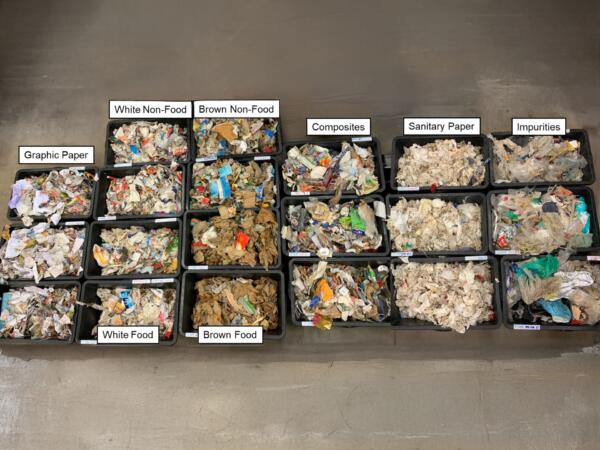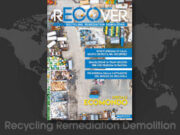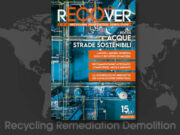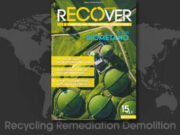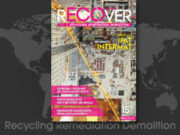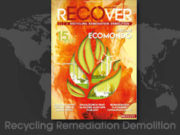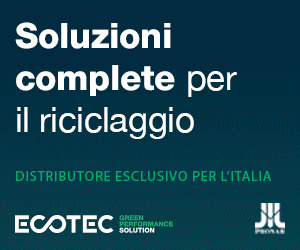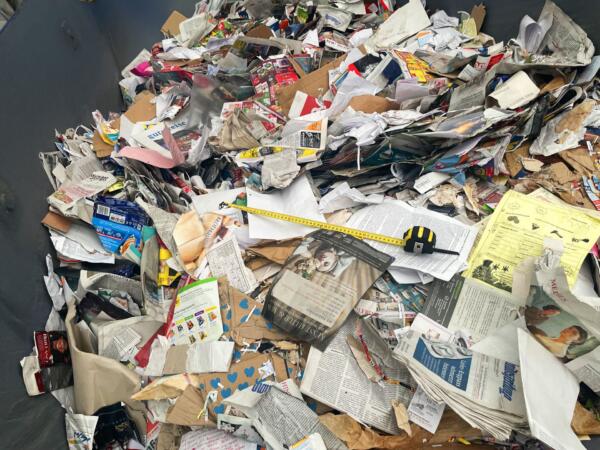
The demand for sustainable solutions in packaging has never been higher, particularly in the food industry, where consumers are increasingly drawn to products that promise environmental responsibility. This trend has sparked a significant shift towards paper-based packaging, driven by both market forces and regulatory imperatives.
The global paper packaging market is booming: it is expected to reach USD 97.6 billion in Europe and USD 75.64 billion in North America in 2025, and is projected to grow at compound annual growth rates (CAGR) of 4.8% and 3.9%, respectively, by 2030. The food industry is at the forefront of this shift, with liquid cartons becoming one of the fastest-growing packaging types, fuelled by consumer preference and sustainability goals. However, the promise of paper packaging is not without its challenges, particularly in the realm of recycling.
Despite the rapid adoption of paper solutions, a considerable amount of paper, especially from mixed waste streams, remains unrecycled. Studies have revealed that, in Germany, lightweight packaging waste alone holds the potential to supply around 100,000 tons of high-quality paper annually, a resource that remains largely untapped due to several persistent challenges. The EnEWA project, a collaborative effort involving STADLER Anlagenbau GmbH, academic institutions and other industry leaders, has made significant strides in demonstrating the technical feasibility of recycling paper from mixed waste. Yet, the path to unlocking this potential is obstructed by regulatory constraints that must be addressed.
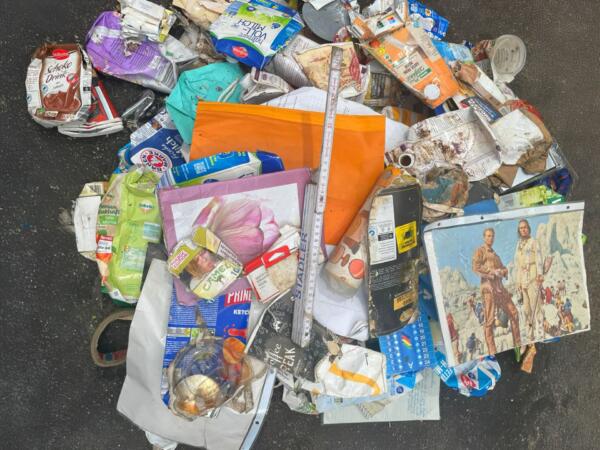
The Rising Challenge of Paper-based Packaging
The food industry is witnessing a remarkable shift towards paper packaging, driven by both environmental concerns and consumer demand. Companies are heavily investing in sustainable paper solutions, with innovations such as Pulpex’s paper bottles made from sustainably sourced wood pulp highlighting the industry’s commitment to reducing environmental footprints. Despite these advancements, recycling paper, particularly from composite packaging, remains a complex issue.
Composite packaging, often used in food products, combines multiple layers of materials like paper, plastic, and aluminium. These layers are difficult to separate, making the recycling process energy-intensive and prone to contamination. Also, some of the new composite packages can be confusing for consumers, as they may appear to be entirely made of paper but contain layers of other materials. While technological advancements have shown promise, the regulatory environment poses significant hurdles.

The Regulatory Hurdle
The regulatory landscape is designed to ensure the safety and quality of recycled materials used in food contact applications, though approaches vary. EU regulations are prescriptive, requiring detailed testing, documentation, and often pre-market authorisation, reflecting a precautionary approach to ensure consumer safety. Germany’s BfR Recommendation XXXVI, although officially a guideline, imposes strict criteria to minimise contamination risks, effectively restricting the use of recycling paper from mixed streams for food applications, influencing industry practices and contractual agreements.
Regulations in other EU countries, such as Italy and Spain, are less prescriptive but still demand a high level of scrutiny on the sources of recycled fibres, posing challenges for using mixed waste paper in food packaging, reflecting a broader European commitment to maintaining safety in recycled materials. Scandinavian nations comply with EU regulations while adding national guidelines to address specific regional concerns, ensuring high consumer safety. North American regulations, on the other hand, focus more on general safety and good manufacturing practices, allowing more flexibility but placing greater responsibility on manufacturers to ensure compliance.
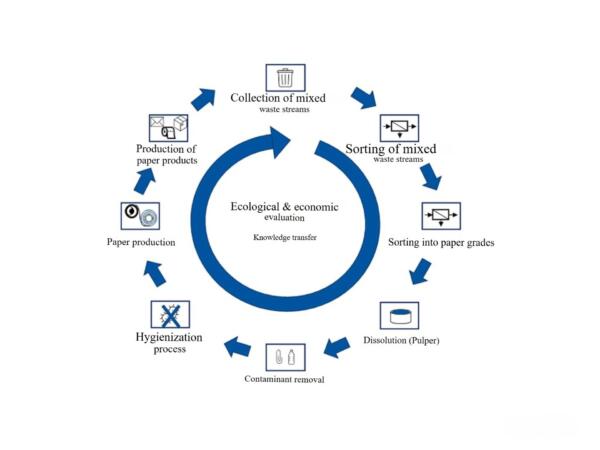
“The EnEWA project has shown that with the right technological adjustments, such as improved sorting and sanitisation processes, high-quality paper can be recycled from mixed waste streams,” explains Annika Ludes, Product Engineer at STADLER. “However, to fully realize this potential, changes in the regulatory landscape are essential. Amendments to guidelines like the BfR Recommendation XXXVI could pave the way for more sustainable use of recycled paper in the food industry.”
The EnEWA Project’s Contributions
The EnEWA project has provided compelling evidence that recycling paper from mixed waste is technically feasible. The project demonstrated that through innovative sorting technologies and adapted processes with dry-mechanical sorting, wet processing, and sanitization, secondary fibres could be obtained and used in paper production without significant contamination issues. Special sorting technologies, like Near-Infrared (NIR) sensors, were optimised to identify and separate composites. Additionally, processes like hot dispersion under overpressure proved successful in reducing microbiological contamination.
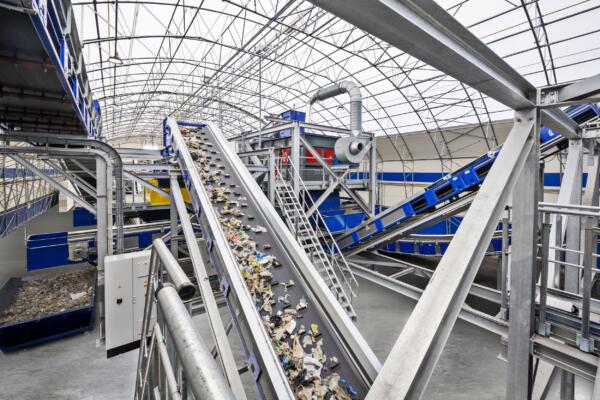
Beyond technological advancements, the EnEWA project has engaged with regulatory authorities, advocating for updates to waste management guidelines and amendments to restrictive regulations. It has developed recommendations towards a more flexible regulatory approach, especially for applications outside the food sector or for dry food packaging, backed by scientific data from worst-case scenario experiments. The project has also held workshops involving representatives from stakeholders including the packaging industry, sorting facility operators and paper recyclers.
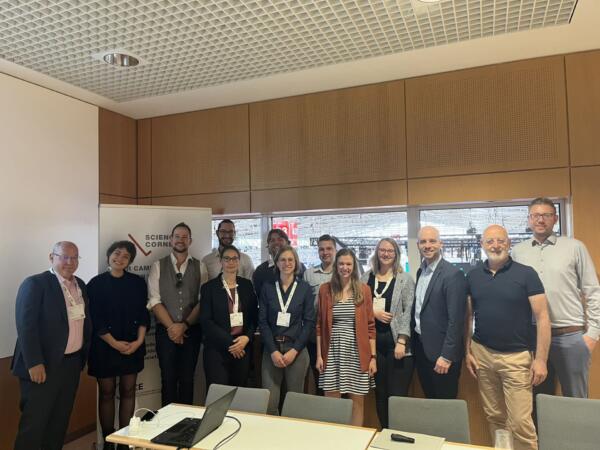
The Future of Paper Recycling
While the EnEWA project has concluded, its legacy continues. STADLER, now an associated partner in the SPaRe project, is working to further enhance the energy efficiency of the paper recycling cycle. This initiative aims to optimise the utilisation of residual materials in paper production, potentially saving 1 TWh of energy annually – equivalent to 1.6% of the annual energy consumption of the paper industry – and reducing greenhouse gas emissions by approximately 350,000 tons of CO2 equivalents per year. The EnEWA project has put the spotlight on the untapped potential of paper recycling, showing that the technology exists to recycle significant amounts of paper from mixed waste. However, unlocking this potential requires a concerted effort to overcome regulatory barriers and improve waste management practices. By addressing these challenges, we can turn what is currently a lost resource into a cornerstone of sustainable packaging, driving the industry towards a more circular and environmentally friendly future.
